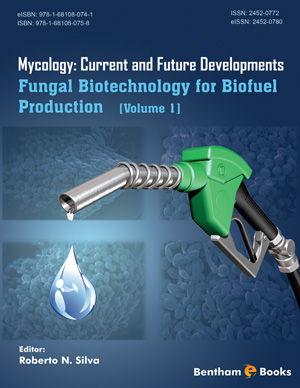Abstract
A detailed description of the microbial glycoside hydrolases able to degrade lignocellulosic biomass is very important for a better understanding of the new processes involving biorefinery - the conversion of biomass into biofuels. Cellulose and hemicellulose, the major carbohydrates of plant biomass, together with lignin, constitute the most abundant organic compounds present in nature. Cellulose and hemicellulose are converted enzymatically into glucose, xylose or other sugars, which may be fermented by yeasts into second-generation bioethanol or other chemicals. In order to process the lignocellulosic biomass in biorefinery, the use of efficient degrading enzymes is essential for the bioconversion. In this chapter, we describe recent advances in the characterization of glycoside hydrolases, auxiliary activities and synergism between cellulases and accessory proteins involved in cellulose hydrolysis. Furthermore, considering that pretreatments are necessary for efficient biomass degradation and exposition of the lignocellulosic components, a detailed description of several physical, chemical, physicochemical, biological and integrated pretreatments is also presented. Modern and classical methods, including spectroscopy, coupled chromatography, electron microscopy, MALDI- imaging MS, and others, are also discussed as strategies for improving both fiber characterization and understanding of the saccharification of lignocellulose and subsequent biofuel production.
Keywords: Biomass, biorefinary, cellulases, filamentous fungi, ligninases, pretreatment, prospecting, xylanases.






















